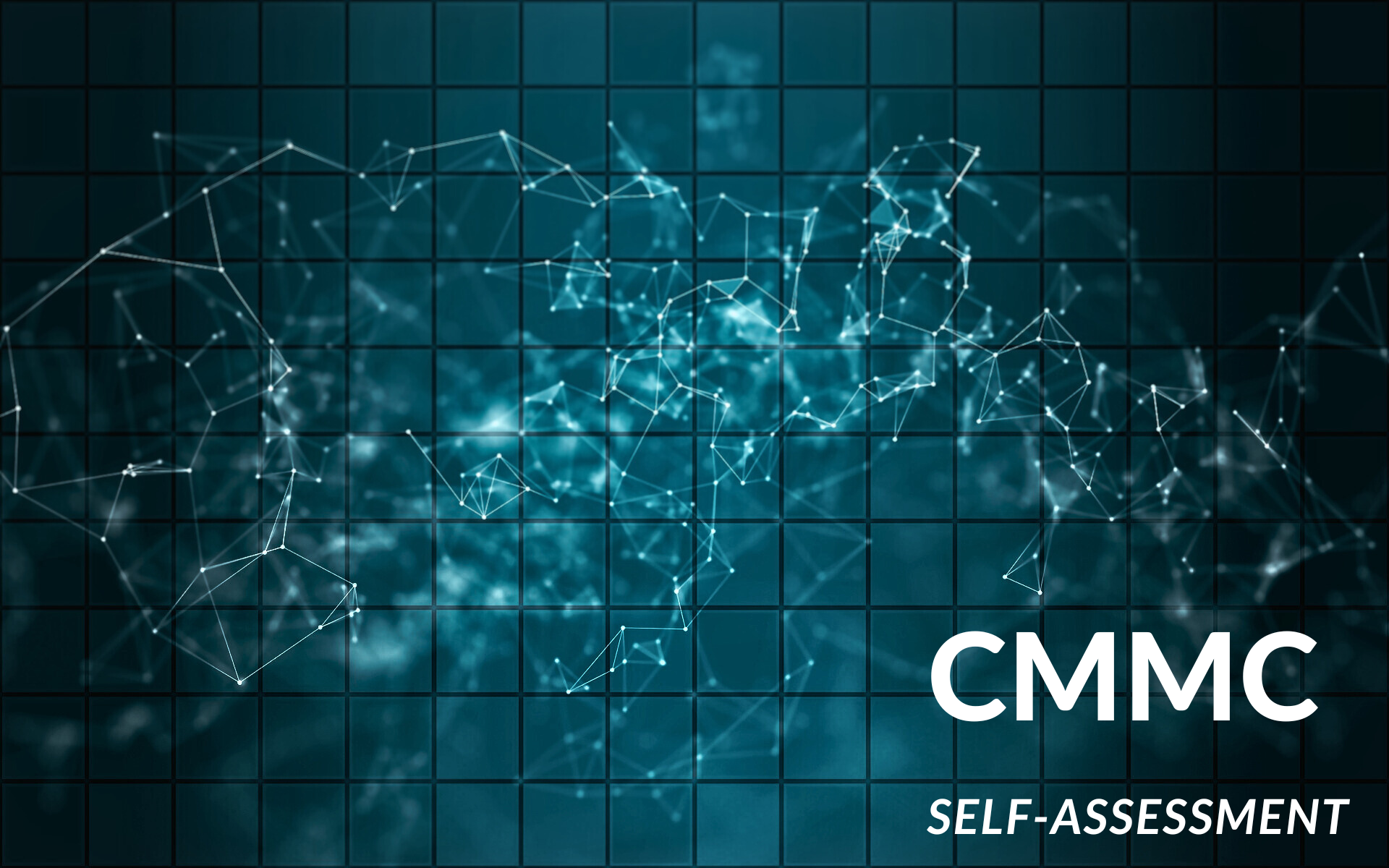
With cyber threats and cyberattacks in today’s world, a need for high cybersecurity protocols is essential for every organization. The Cybersecurity Maturity Model Certification (CMMC) is a set of requirements companies must meet to work with the US Department of Defense (DoD) and protect sensitive information. We have mentioned all 5 levels of CMMC Compliance in our previous blog. A self-assessment for contractors needing CMMC compliance is highly recommended. The implementation of a security policy and prevention of cyberattacks will frequently be more successful for organizations that do detailed and regular self-assessments.
The contractor can use a CMMC self-assessment to determine the area where improvements need to be made for it to pass the in-depth assessment by a Certified 3rd Party Assessment Organization (C3PAO). Additionally, this will make certain that the Defense Industrial Base (DIB) is providing adequate protection for sensitive data. One way to meet the CMMC self-assessment requirements is to follow these steps:
- Understand the CMMC requirements: Do keen research and familiarize yourself with the CMMC requirements, including the five levels of certification and the specific controls and practices that each level requires.
- Conduct a gap analysis: This analysis is used to identify areas where your organization falls short of the CMMC requirements. Focusing on those areas will make the process of self-assessment more feasible, and it will help you prioritize which areas to focus on first.
- Develop a plan of action: Develop a plan to address the gaps identified in the gap analysis. This plan should include timelines, resources, and responsibilities for each action item. Planning things in advance will reduce the chance of deviation and ensure accuracy.
- Implement the plan: Implement the plan of action, including any necessary changes to policies or procedures. The technology can be acquired in advance, and the implementation process becomes easier once you have all the necessary requirements.
- Test and assess: Test your systems to ensure they meet the CMMC requirements. This may include conducting vulnerability scans, penetration testing, or other various assessments.
- Document your compliance: Document your compliance with the CMMC requirements. This documentation should include evidence of compliance, such as policies, procedures, and records of security assessments.
- Seek certification: Once you have implemented the necessary controls and practices, seek certification from a C3PAO.
By following these steps, you can meet the CMMC self-assessment requirements and position your organization to work with the DoD and protect sensitive information. It is best practice to use an advisor with experience dealing with the DIB and protecting the confidentiality of Controlled Unclassified Information (CUI) when completing an actual CMMC self-assessment. There are many advantages to having them as an independent person or business. To evaluate how well a contractor has implemented the CMMC framework, an advisor or assessor often first establishes objectives for each cybersecurity practice or security control before testing those objectives using the right criteria.
For More blogs like this, please visit https://blog.excellimatrix.com/
You can connect with us on Facebook or LinkedIn. Feel Free to contact us at 406-646-2102 or email us at sales@ExcelliMatrix.com.